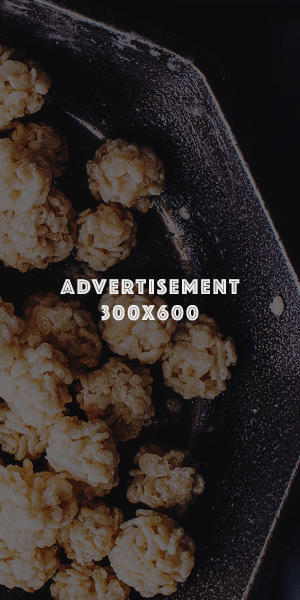Coffee and chocolate are a natural, delectable pairing. Done right, this combo can make the finest chocolate taste richer and the highest quality coffee feel like drops of sweet silk in your mouth. Done wrong, it can taste like a mouthful of dirt. To get the optimal pairing, you need to understand the flavor, acidity, and textural components of both your coffee and your chocolate and how they interact. (For more on this, visit our pairing entry.) While there are many ways to approach coffee and chocolate pairing, we like to start with the coffee. Looking at the most dominant flavors in a coffee, the ones that most intensely interact with chocolate, we grouped coffees into four categories. The first three only include coffees that are light to dark full-city roasted; the fourth category is dark roast. While individual coffee notes are present in dark roasts, dark roasts, unlike lighter roasts, have their own taste profile.

Nut-toned coffees
Notably: Brazilian, Colombian, Indian & Mexican,
Coffees with strong nut tones taste exceptionally good with milk to slightly dark chocolates (less than 70% cocoa content). The dense, creamy nut base notes in the coffees add a nice balance to the sweetness in the chocolate. Fruity chocolates and chocolates with spice also pair nicely with nut-toned coffees, creating contrast and adding additional complexity to the chocolate.
Pairing ideas: Chocolate cakes, chocolate cookies, brownies, praline truffles, and chocolates with fruit or chili notes.

Fruity and floral coffees
Notably: Africans, Guatemalan, Panamanian, and Salvadoran
Coffees with strong fruit and floral tones taste exceptionally good with light and milk chocolates (less than 55% cocoa content). Coffees with gentle, bright, delicate fruit and floral notes are easily overpowered so it is best to pair them with lighter, sweeter chocolates that compliment the bean’s natural flavors without overpowering them. Chocolate covered nuts also work particularly well with these bright, elegant brews.
Pairing ideas: Milk chocolate with nuts, chocolate puddings, truffles with fruity liquors, chocolate-dipped fruits, and puff pastry with chocolate.

Earthy or spicy coffees
Notably: Indonesian and Papua New Guinea
Coffees with dominant earth or spice notes taste exceptionally good with chocolates that contain a cocoa content between 50 and 70%. Earth and spice-toned coffees tend to be low in acidity and slightly heavier in mouthfeel making them wonderful compliments to slightly bitter chocolates. These coffees also provide a nice spicy contrast to chocolate with dried fruit.
Pairing ideas: Slightly bitter chocolates, chocolate with nuts / dried fruit, and salty chocolates.

Dark roasts
Dark roasts have their own flavor profiles and while certain inherent bean attributes are always present (e.g., mouthfeel and acidity level), most of the bean’s flavor notes are muted as they begin to take on the characteristics of their roast shade. Dark roasts coffees taste exceptionally good with dark chocolates. Vienna roasts, the lightest of the dark roast shades, tend to be slightly sweeter while Italian roasts, the darkest of the dark roast shades, which tend towards bitterness. French roasts, which falls between Vienna and Italian roasts, posses a combination of sweet and bitter notes and works well with nearly all dark chocolates. Most espresso blends are roasted to a French Roast shade.
Sweet dark roast pairing ideas: Chocolates with 70% or greater cocoa content, truffles, chocolates with sweet liquors, flourless chocolate cake, and chocolate brittle.
Bitter dark roast pairing ideas: Chocolate with 60-85% cocoa content, brownies, and dense chocolate cake.

